I recently had to clearly explain what kind of instagram audience I was targeting with this project. The reasons for this were to focus the instagram marketing efforts, which is to say, to make the communication effort respond to a clear strategy with clear segmenting.
The topics of importance to my book lend themselves to a mixed set of ideas, and the best I could do was say that the book lands in the centre of those concerns. The book is to be a non-fiction pamphlet, a short form of prose text that articulates an idea about writing in relation to design. Having not written enough of the book yet, I am unable to neatly encapsulate the thesis. But I am getting there. The diagram below is an initial 'brain dump' of ideas, all of which the book will touch on.
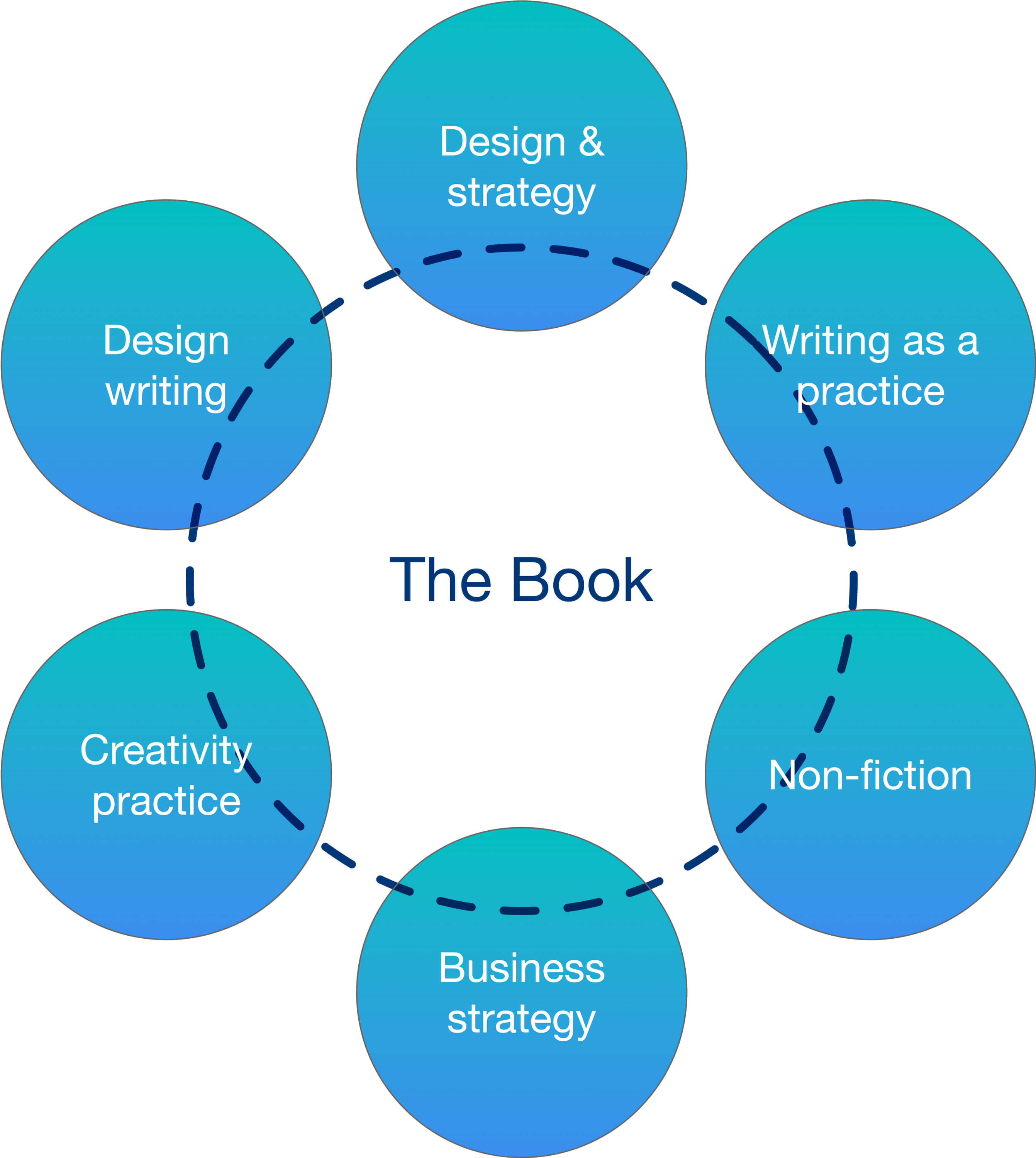
Seth Godin speaks of 'genre' in his book The Practice, and wants you to define what your product/subject/service will 'rhyme' with: what category does it fit into. He means 'genre' and 'rhyming' in a non-literary sense, more of a 'vibe'. The aim is to acknowledge that nothing is truly either unique or original, and that your readers/buyers/supporters/future champions need to know what broad 'genre' your work fits into in order to 'get' what you are doing. That made sense to me. Again, it reminds me of the concept in design that to be specific is more valuable than to attempt to be original or authentic. This is contested, but I believe it.
There is a tradition of 'pamphlets' in architectural publishing, small non-fiction books that explore a single idea. This is the genre I want to work within. The opposite of a 'magnum opus'; short, sharp, and to the point. I also like the social and political history of pamphlets in Western literature and society, going back centuries. Incendiary pamphlets are a great tradition - they have had a role in many political and social upheavals.
More to follow.



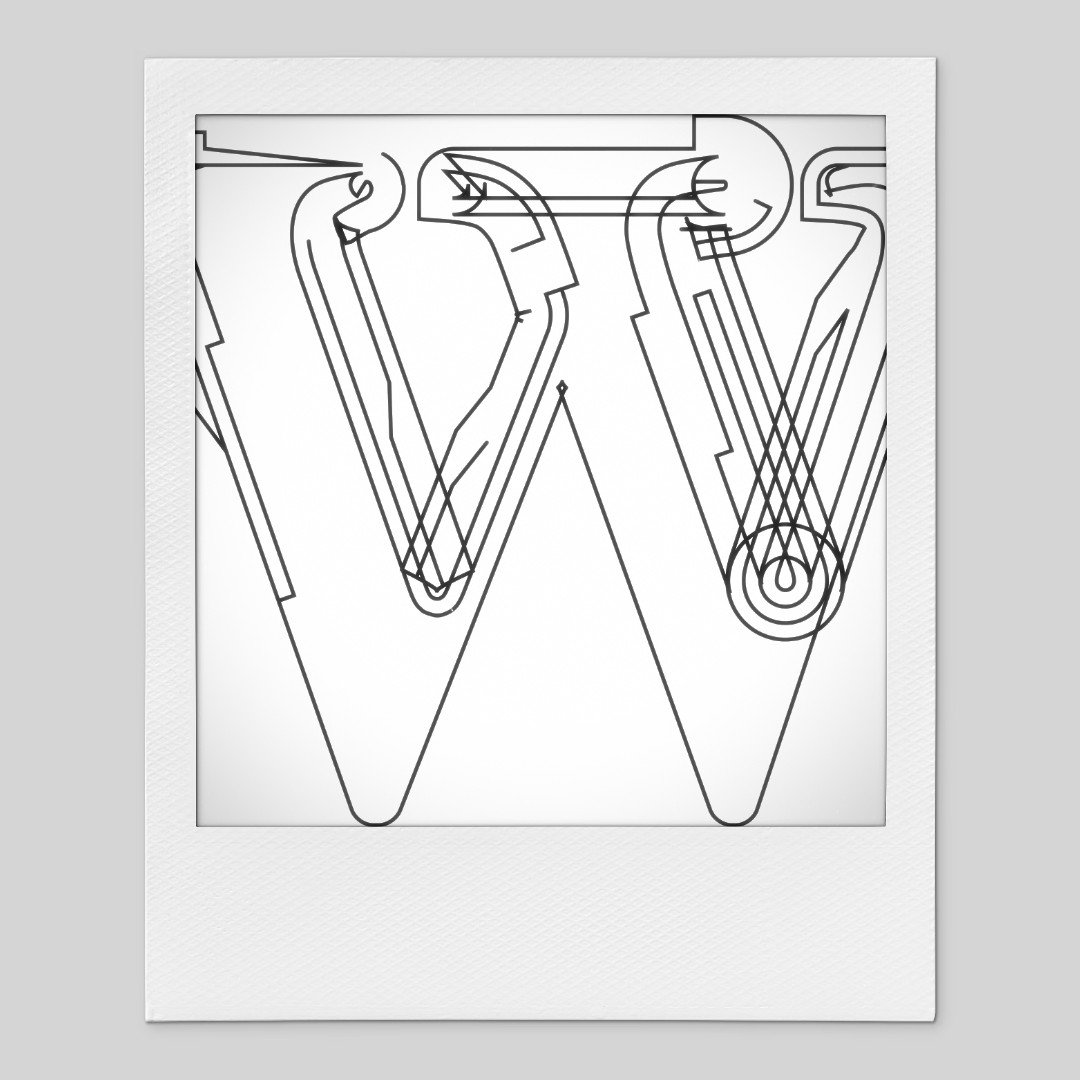
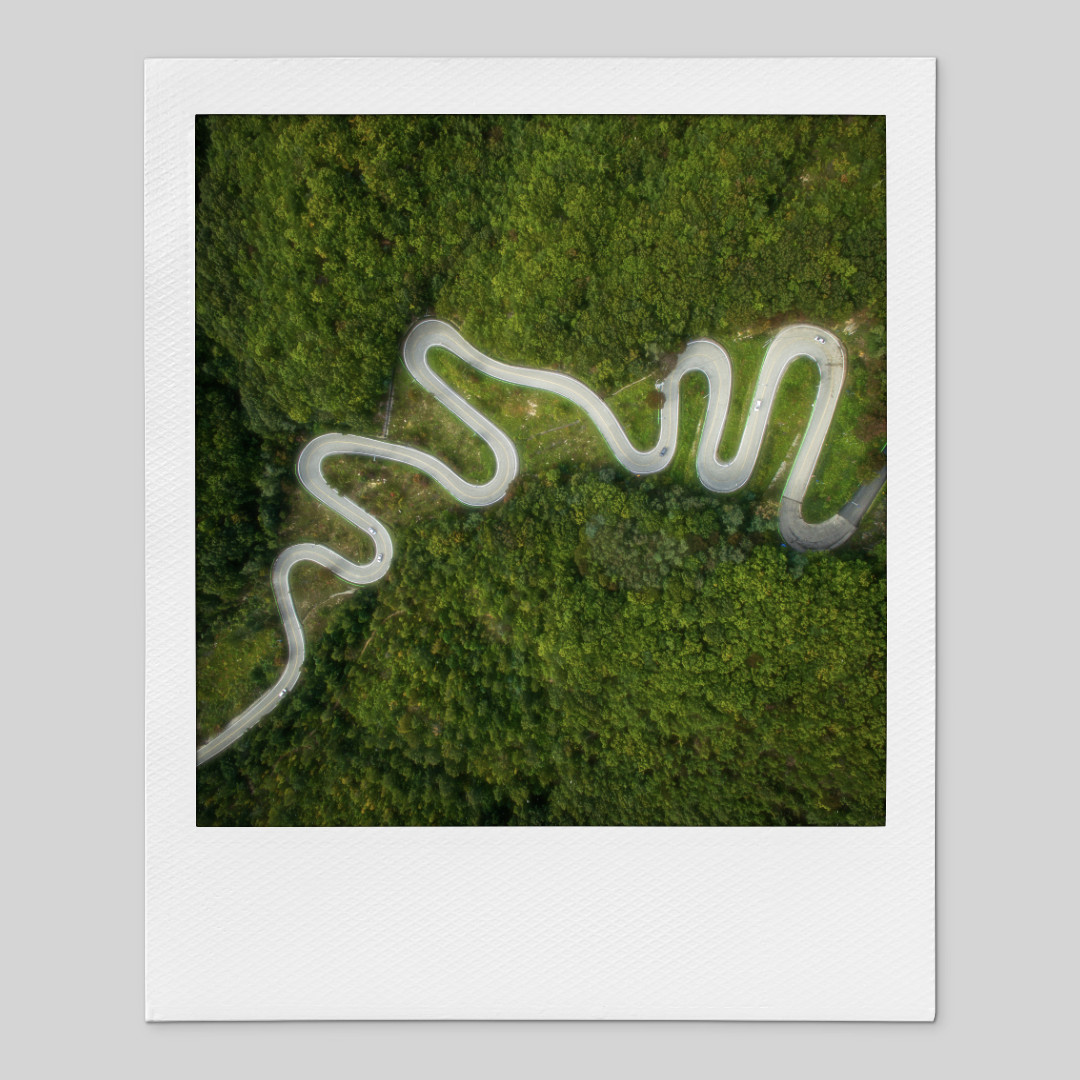

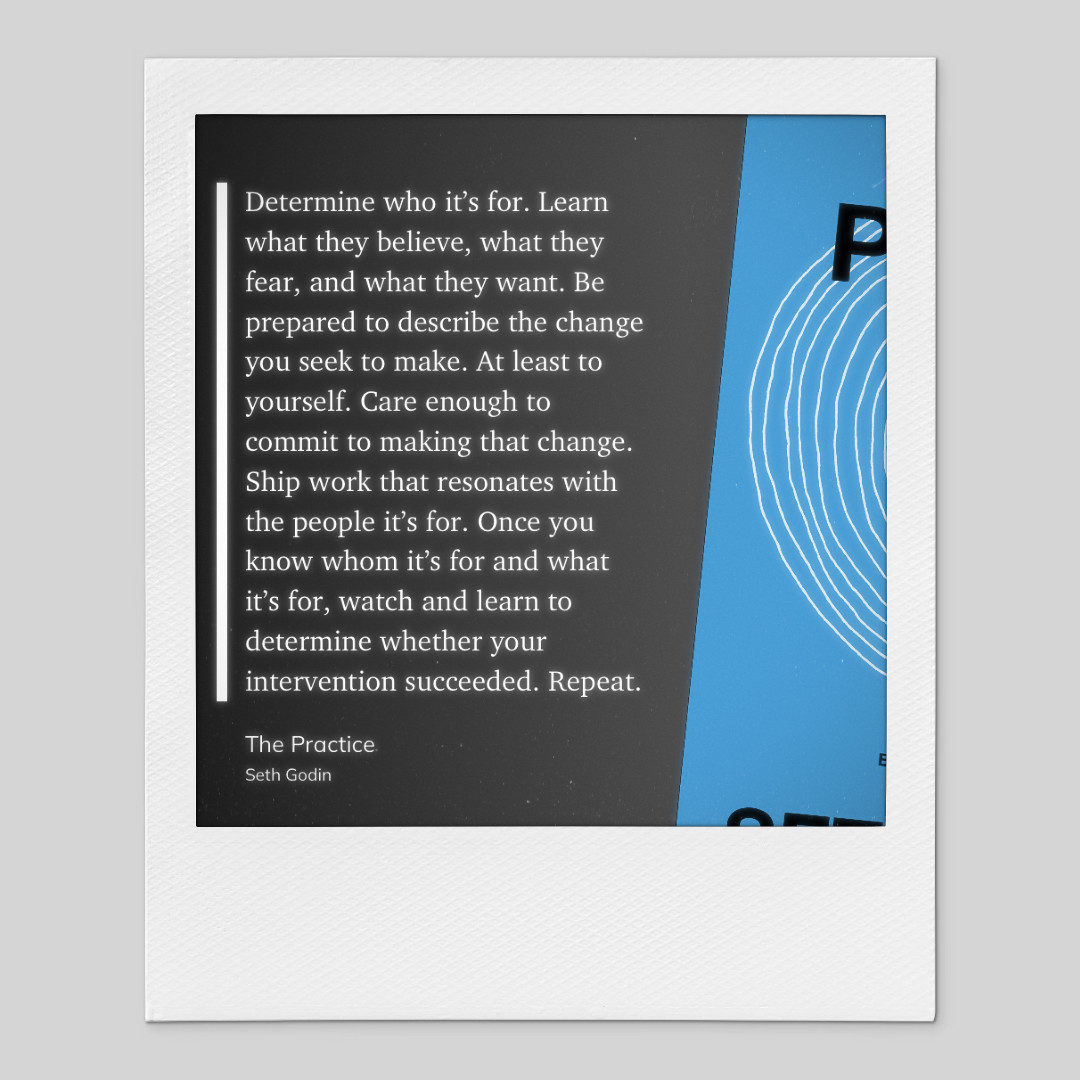

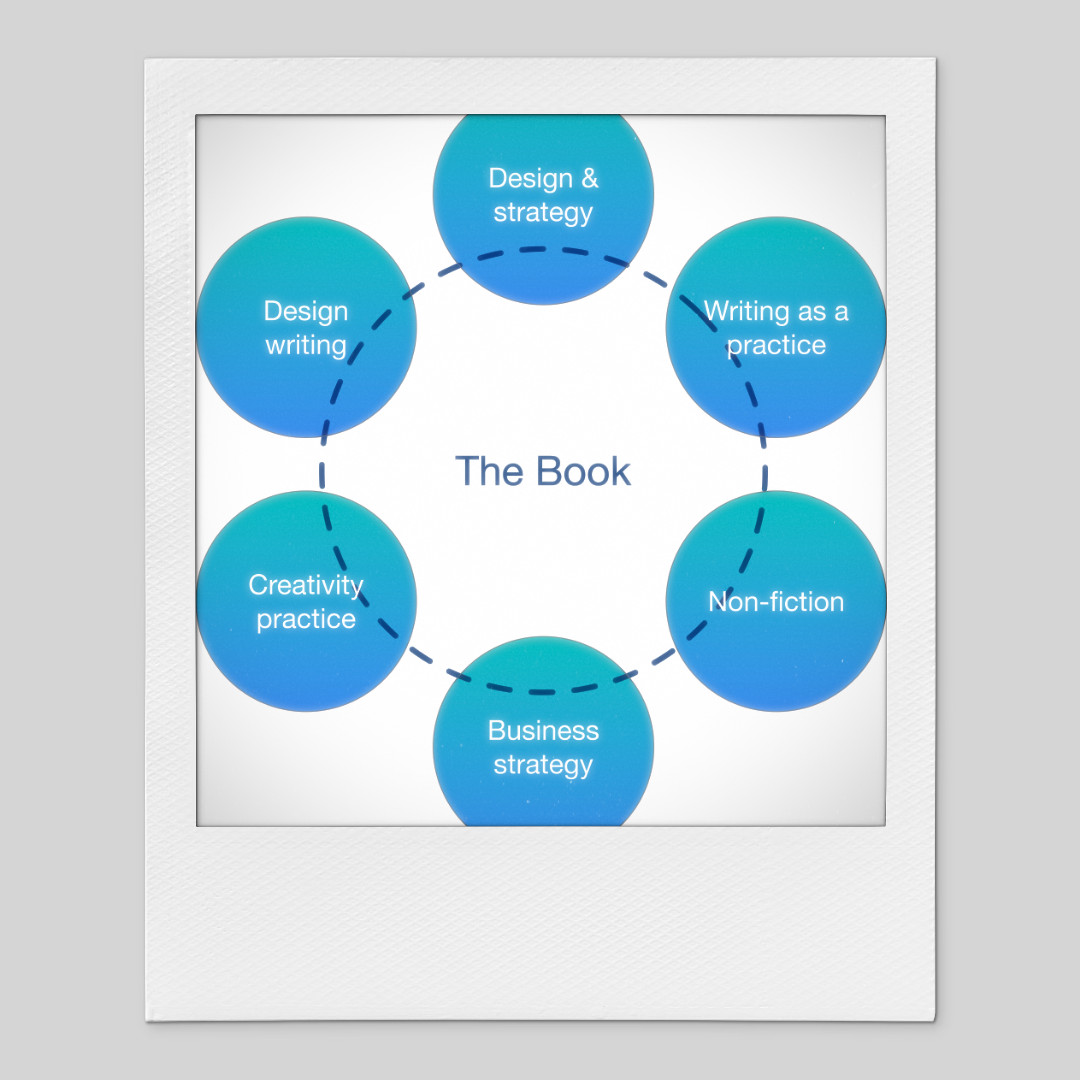
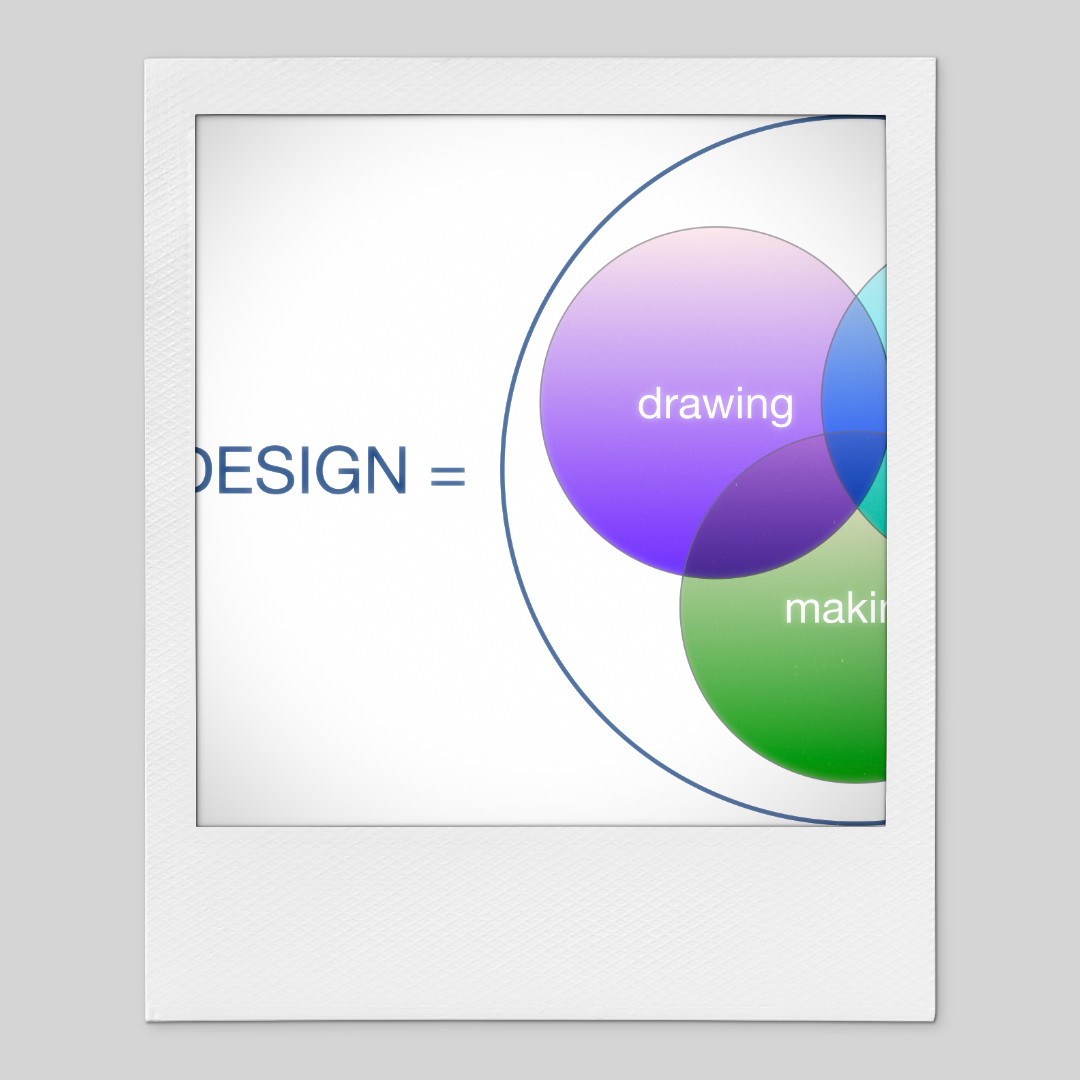




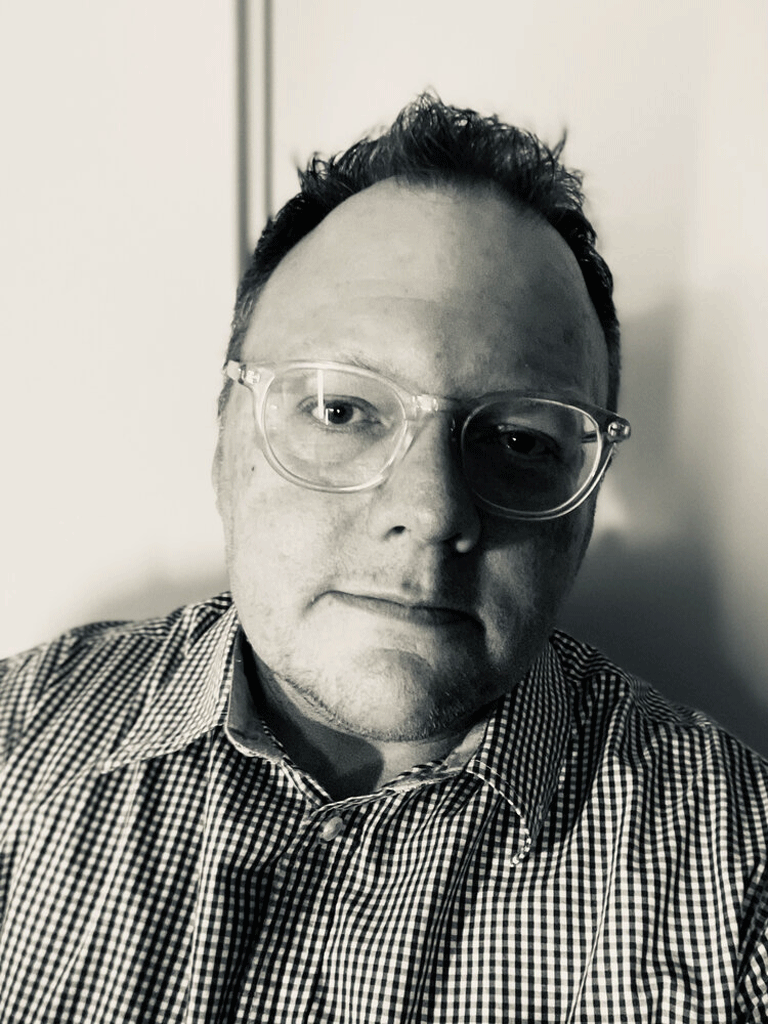
0 Comments